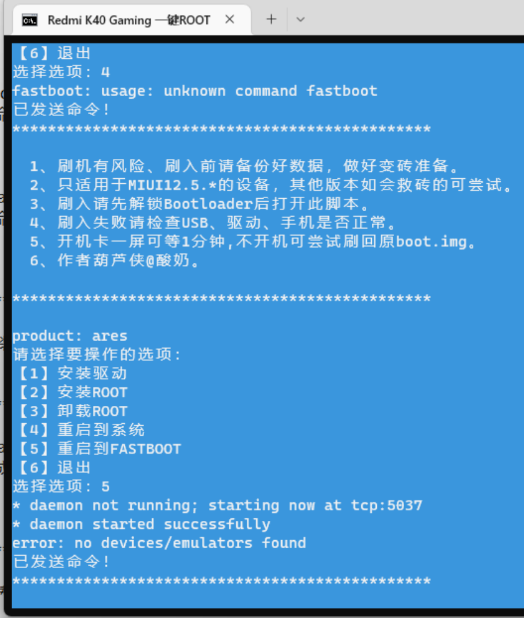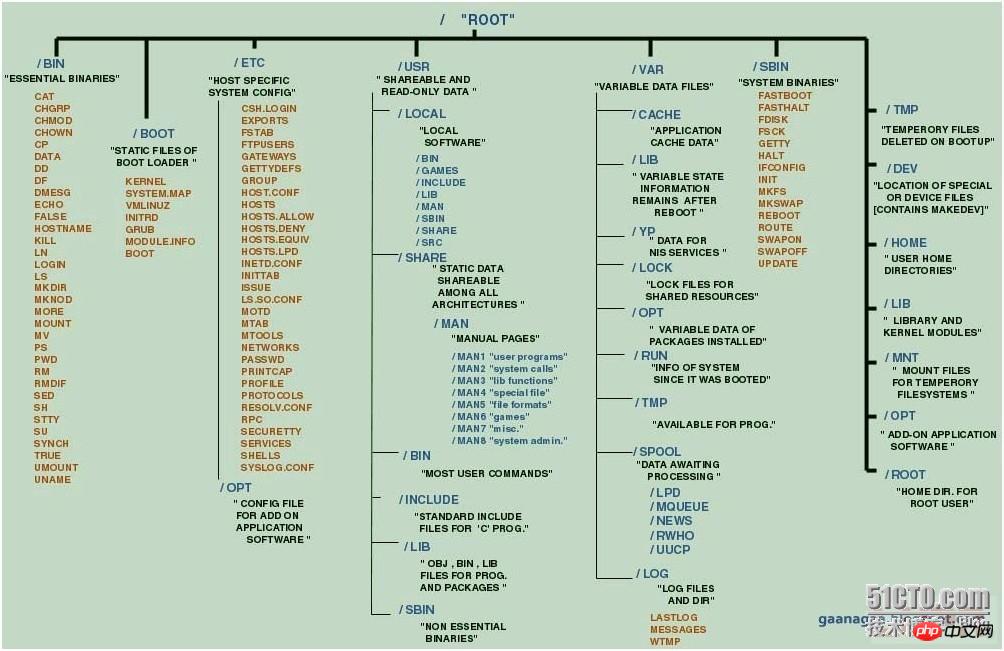linux 線程是一種輕量級進程,共享相同的內存空間和資源,可實現應用程序的多任務并發執行。使用 Linux 線程的步驟包括:創建線程、編寫線程函數、等待線程完成并釋放資源。

Linux 線程使用指南
什么是 Linux 線程?
Linux 線程是操作系統的輕量級進程,它與其他線程共享相同的內存空間和資源。線程使應用程序可以并發執行多個任務,從而提高性能和響應能力。
Linux 線程的使用
可以使用以下步驟在 Linux 中創建和管理線程:
1. 創建線程
pthread_t tid; int ret = pthread_create(&tid, NULL, thread_function, (void *)arg); if (ret != 0) { perror("pthread_create"); }
- pthread_create 函數用于創建線程。
- tid 是線程 ID,用于識別線程。
- thread_function 是線程要執行的函數。
- arg 是傳遞給線程函數的參數(可選)。
2. 線程函數
線程函數是線程執行代碼的函數。它接收一個參數(如果沒有參數,則為 NULL)。
void *thread_function(void *arg) { // 線程代碼 return NULL; }
3. 等待線程
主線程可以使用 pthread_join 函數等待線程完成。
int ret = pthread_join(tid, NULL); if (ret != 0) { perror("pthread_join"); }
4. 釋放資源
線程完成執行后,應釋放與該線程關聯的任何資源。
示例代碼
以下示例代碼創建了兩個線程,每個線程都打印一個不同的消息:
#include <pthread.h> #include <stdio.h> void *thread1_function(void *arg) { printf("Hello from thread 1!n"); return NULL; } void *thread2_function(void *arg) { printf("Hello from thread 2!n"); return NULL; } int main() { pthread_t tid1, tid2; // 創建線程 1 int ret = pthread_create(&tid1, NULL, thread1_function, NULL); if (ret != 0) { perror("pthread_create"); return 1; } // 創建線程 2 ret = pthread_create(&tid2, NULL, thread2_function, NULL); if (ret != 0) { perror("pthread_create"); return 1; } // 等待線程完成 pthread_join(tid1, NULL); pthread_join(tid2, NULL); return 0; }
? 版權聲明
文章版權歸作者所有,未經允許請勿轉載。
THE END


















